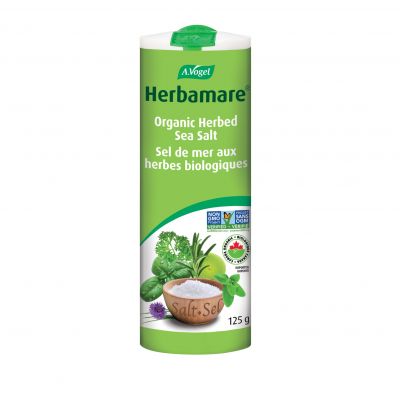A.Vogel search
When the internal search is activated, personal data such as your IP address is transmitted to our search engine Cludo. Data is thus transferred to a third country. Please click here if you want to display the internal search. You can find more information on data protection here: Privacy policy.
Vitex agnus-castus L.
Chaste Tree or Monk's Pepper
History

Chaste tree has enjoyed a high cult esteem since olden times. When the women of Athens took part in the 8-day Thesmophoria – a fertility festival honouring the goddess Demeter – they decorated themselves with the plant's flowers and placed its leaves on their beds to preserve their chastity. In medieval cloisters, the fruit from the bush were used as a substitute for pepper as the German name ‘Monchspfeffer’ (Monk’s Pepper) implies in order to suppress carnal desire (= anaphrodisiac), The monks scattered Agnus castus chaff in their sleeping quarters. The custom of strewing Agnus castus flowers on the paths leading to the cloisters for novices is still carried out to this day in Italy. As a medication, chaste tree was once used in cases of injuries, abdominal complaints, dropsy, hypochondria, and hepatic dropsy, and as an emmenagogue, carminative, and galactagogue. The plant's name resulted from a series of misinterpretations. Theophrastus and Dioscorides called the bush ágonos, the ’a‘ negating ‘gonos’ which means progeny, therefore ’infertile‘. In the course of time, this word became agnós, meaning ’holy, pure, chaste‘. Pliny used the Latin word for chastity, ’castitas‘, to describe the plant. ‘Agnós‘ was in turn misinterpreted as the Latin agnus, meaning ‘lamb‘, which resulted in the plant becoming known as ’chaste lamb‘. The Latin term vitex comes from vitilium, meaning ’basketwork‘. The tough, hard branches are still used for wicker fences.
Botanical Characteristics

Chaste tree is a 3 to 5 metre high bush or tree with four-edged, light brown, branches which in the initial stages are covered with a fine down. Its 5 to 7 lobed, palmate leaves are crosswise-opposite. It forms small violet, blue, pink, or white flowers in dense, apical flower heads. The small dark brown fruits are four seeded, pitted berries. The whole plant has a peppery aroma and flavour. It is interesting to note that the bush comes into flower and produces fruit just after midsummer when there is a shortage of nutrition; its late flowering and pleasant smell make it popular as a decorative plant. Agnus castus flowers from August to September.
Habitat

The bush is found throughout the Mediterranean area and in Asia, as far as north west India. It thrives on the banks of rivers and in coastal areas, forming dense thickets.
Preparation

The production of the homoeopathic mother tincture is done in accordance with the current Homöopathisches Arzneibuch (HAB) (New Official Homoeopathic Pharmacopeia). The ripe, dried fruits of Vitex agnus castus L.are used. The homoeopathic dilution is prepared by shaking manually.
Alfred Vogel's guide to leading a healthy and happy life
Watch the videoNature is just about the best thing we’ve got!






